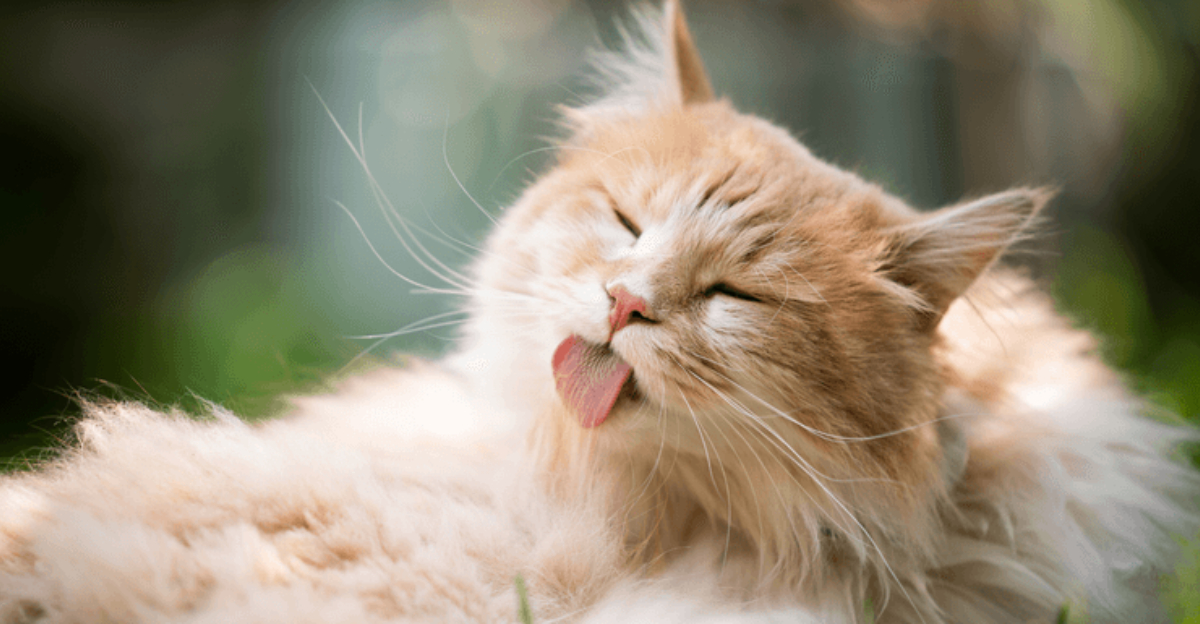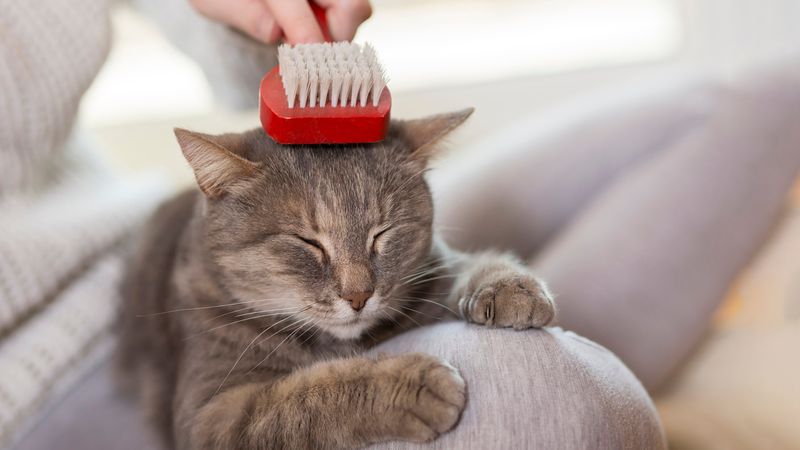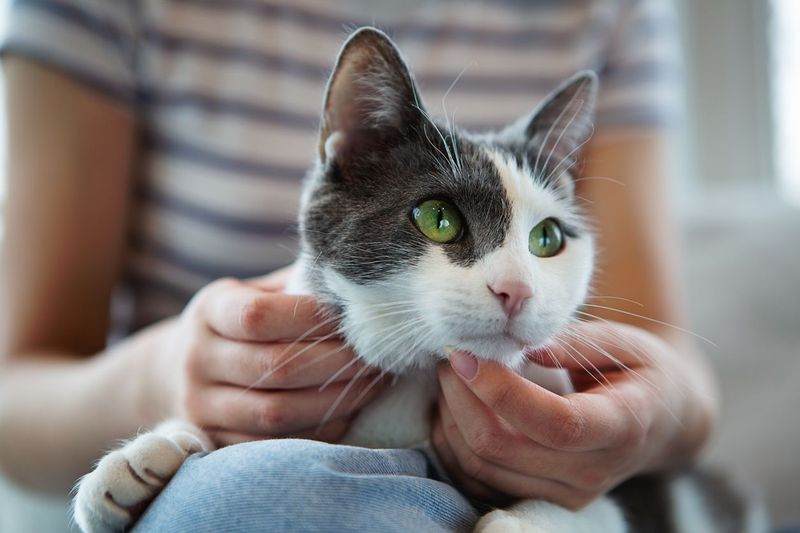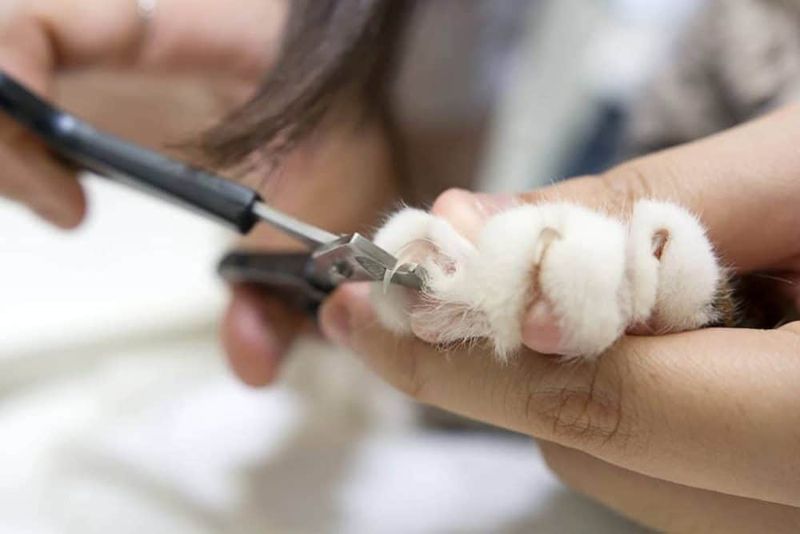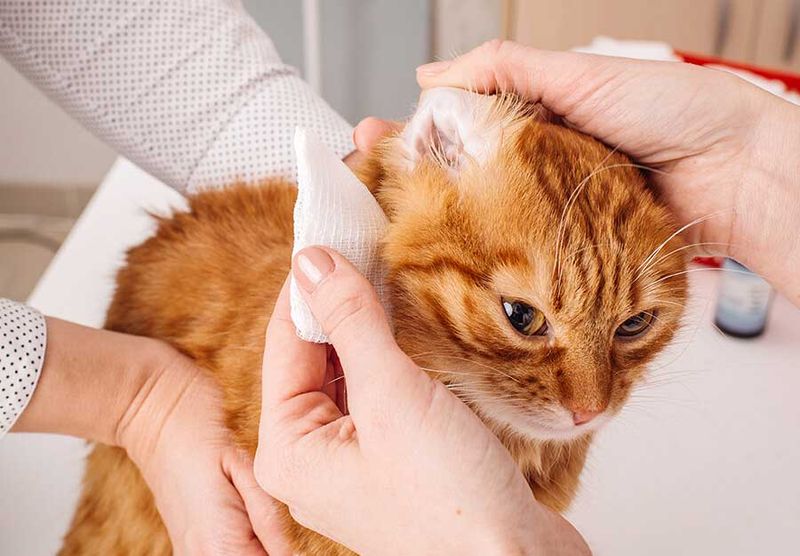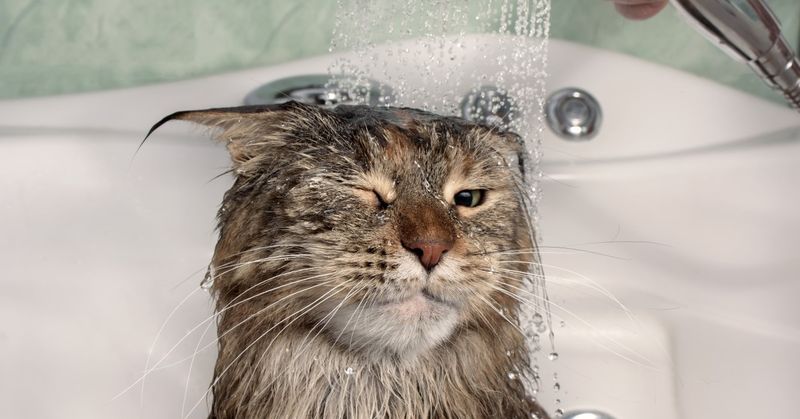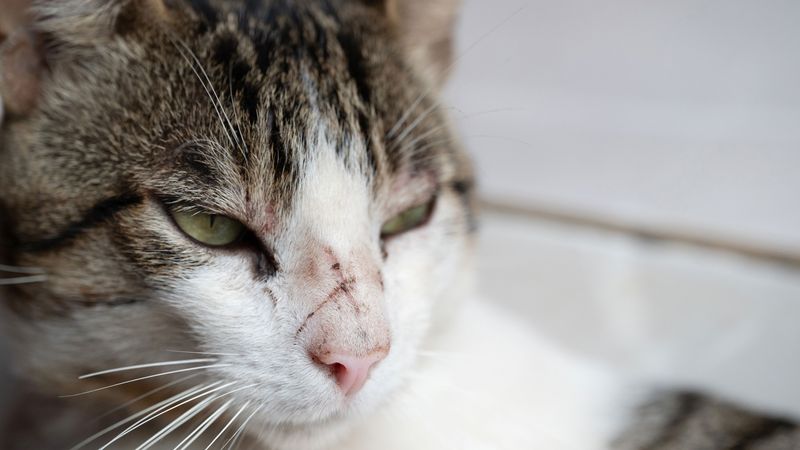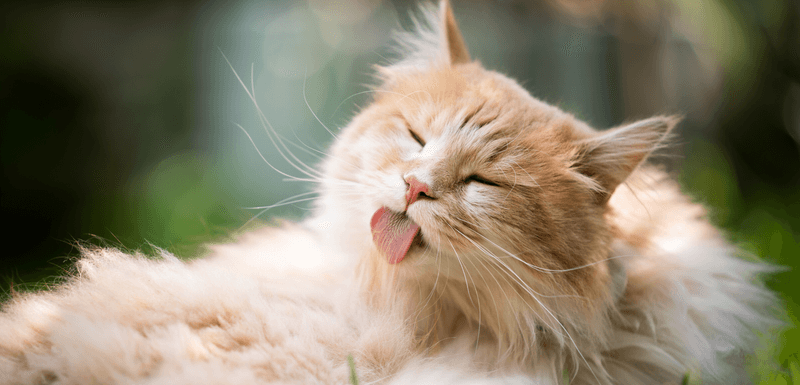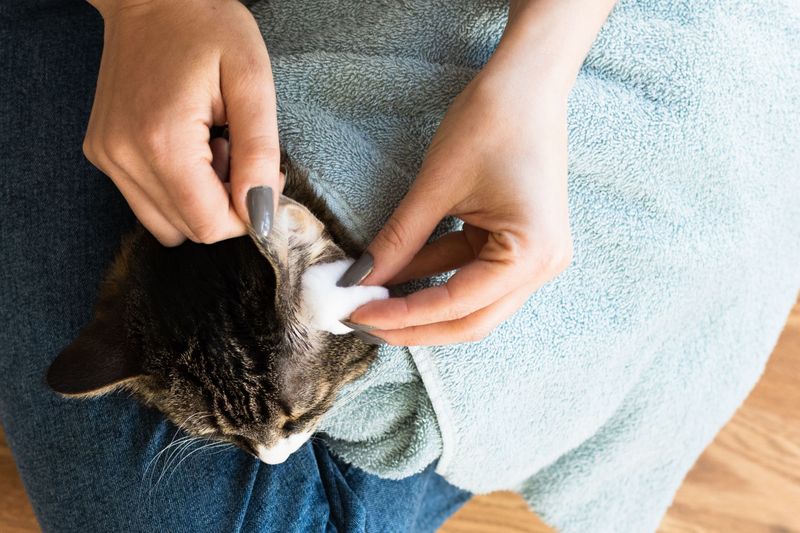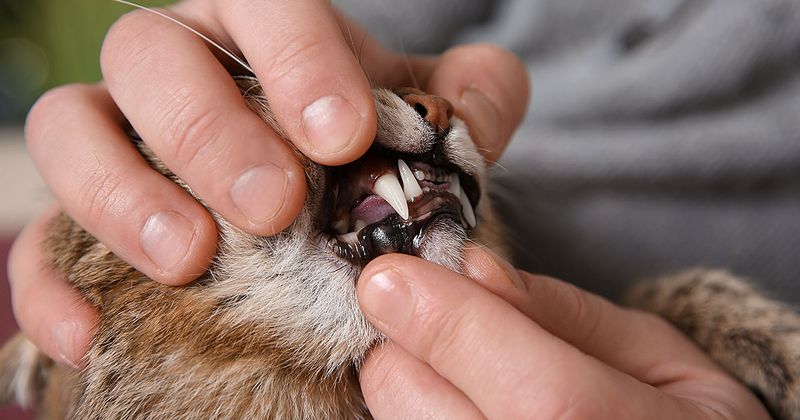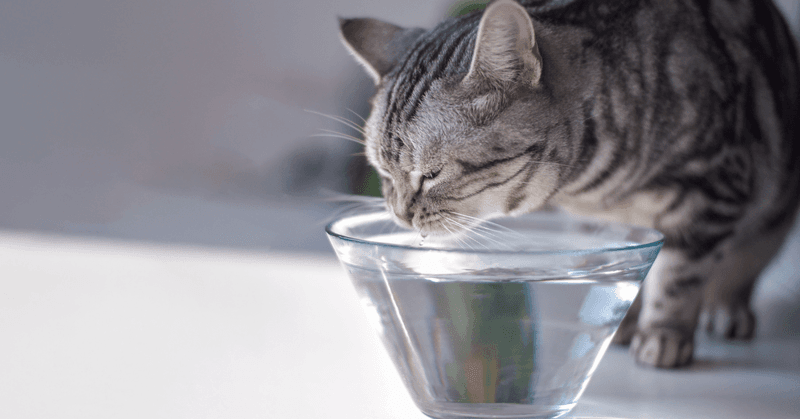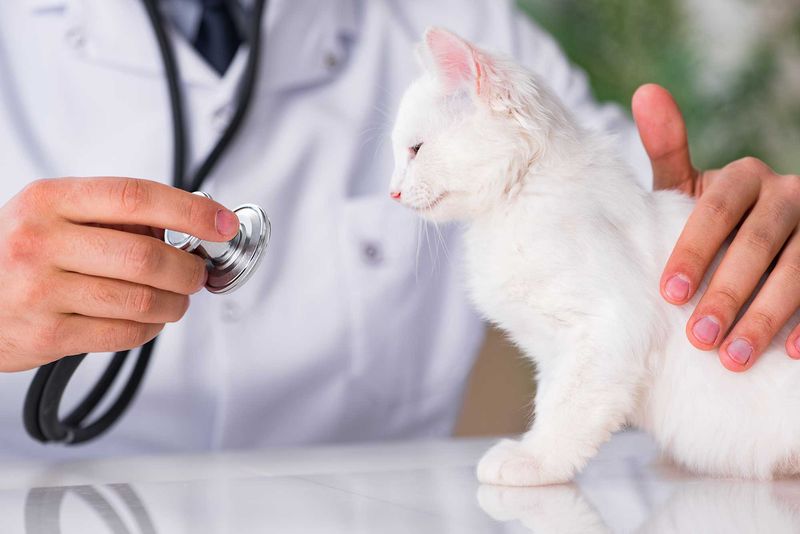📖 Table of Content:
As the chill of winter gives way to the sunshine of spring, our feline companions begin to explore the great outdoors with renewed curiosity and energy. For outdoor cats, this seasonal shift isn’t just about chasing butterflies or basking in the sun—it’s also a critical time for grooming and care. Their coats, skin, and overall hygiene face new challenges that, if left unchecked, can lead to discomfort or even health concerns.
Outdoor cats experience more environmental exposure than their indoor counterparts. They’re likely to encounter pests, allergens, and dirt, all of which can affect their health and grooming needs. As responsible cat parents, spring offers a perfect opportunity to reestablish or upgrade grooming routines that support their natural instincts while protecting them from seasonal hazards.
In this article, you’ll find 11 well-rounded grooming tips designed specifically for outdoor cats during springtime. Each tip emphasizes practical actions, from brushing techniques to claw care, ensuring your furry explorer stays happy, healthy, and handsome throughout the season.
1. Brush Away the Winter Coat
Throughout the cold months, cats develop thicker undercoats to stay warm. Now that spring is here, shedding intensifies, and daily brushing becomes your best ally in keeping fur manageable. Shedding fur, if not removed, leads to hairballs or mats that can be painful and unhealthy. Using a slicker brush or a specialized de-shedding tool is especially helpful for this transitional period. Focus on high-shedding areas like the back, belly, and tail base. Brushing also stimulates natural oils, which helps the coat stay glossy and smooth. Your cat may even grow to enjoy the bonding time if you make it part of a soothing daily ritual.
2. Check for Ticks and Fleas
Once the weather warms, parasites like fleas and ticks become increasingly active, hiding in tall grasses or shady shrubs. Regular inspections after your cat returns indoors are vital to catching these pests early. Pay close attention to common hiding spots, including the ears, armpits, and groin areas. Integrating a monthly flea and tick preventative—approved by your vet—is your best long-term solution. Not only do parasites cause itching, but they also transmit diseases that can impact your cat’s health. Early detection prevents infestations and ensures your home remains pest-free. Grooming time is ideal for combining tactile checks with preventative care.
3. Trim Their Claws
Although many assume outdoor cats naturally wear down their claws, trimming remains important for preventing splits and snags. Every couple of weeks, take a moment to check for overgrown or jagged nails. Holding your cat gently and using a pet-safe clipper makes this task manageable. If left unchecked, long claws can catch on fences, cloth, or underbrush, causing injury. Trimming also reduces the damage your cat might unintentionally do during play. Pair this grooming task with treats or petting for a positive association. Healthy claws mean confident, injury-free outdoor exploration.
4. Wipe Down After Outdoor Time
Whether your cat strolls through gardens or wooded trails, their fur collects dirt, pollen, and even chemical residues. A gentle wipe-down with a damp cloth or pet-specific wipe removes surface grime before it builds up. This quick habit reduces the amount of debris they ingest during self-grooming. Pay extra attention to paws and underbellies, which are more likely to come into contact with mud and allergens. It’s also a great moment to look for ticks or thorns lodged in their fur. Not only does it keep your cat cleaner, but it also helps protect your indoor space from outdoor mess. Done regularly, this routine takes less than five minutes but offers big benefits.
5. Bathe Only If Necessary
Cats are famously self-cleaning, but spring sometimes brings situations that require a little extra help. If your outdoor cat encounters sticky sap, mud, or a skunk (it happens!), a bath might be unavoidable. When that’s the case, always use lukewarm water and a feline-formulated shampoo to avoid skin irritation. Keep the bathing session short, and towel-dry your cat thoroughly afterward. A calm demeanor and soothing voice will help your cat feel safe during the process. Make sure to rinse completely—residual shampoo can cause itching or dryness. Bathing isn’t routine, but it’s good to be prepared when exceptions arise.
6. Inspect for Scratches or Wounds
Roving around outside puts your cat at greater risk for minor injuries from fights, fences, or sharp plants. Get in the habit of gently running your hands along their body to check for cuts, scabs, or swelling. Early treatment prevents infections and keeps small wounds from becoming serious. Clean any abrasions with vet-approved antiseptic and monitor healing closely. If anything looks unusual—like pus or heat—seek veterinary attention promptly. Keeping wounds clean and dry goes a long way toward promoting quick recovery. Regular inspection also helps you notice lumps or changes that might otherwise go undetected.
7. Treat and Prevent Mats
For long-haired cats especially, warmer weather can trigger matting in fur, which tugs at the skin and becomes painful. Instead of waiting for mats to form, use a wide-toothed comb or detangling spray to work through thick patches early. Pay attention to common mat-prone zones like behind the ears and under the arms. If mats are already present, gently tease them apart without pulling hard—or use a mat splitter tool designed for the job. Regular grooming breaks up tangles before they develop into larger problems. Always be gentle and patient—force can make your cat fearful of future grooming. Consider grooming in natural daylight so you can better spot trouble areas.
8. Clean the Ears
Spring allergens and outdoor debris can accumulate in your cat’s ears, causing discomfort or even infection. Start by observing their ear flaps for redness, wax buildup, or unusual odor. If needed, use a cotton pad with a vet-recommended ear-cleaning solution to wipe the outer ear gently. Avoid using Q-tips or going deep into the canal, which can cause injury. If your cat is scratching at their ears frequently, it may indicate mites or infection. Cleaning should be quick and infrequent—usually no more than once a month unless directed by a vet. Healthy ears are dry, odorless, and free from discharge.
9. Dental Hygiene
Though not directly related to fur, grooming must include oral care, especially as cats chew grass and outdoor prey. Establishing a brushing routine with cat-safe toothpaste helps prevent tartar buildup and bad breath. If your cat resists brushing, dental treats or water additives provide a decent backup. Outdoor cats are prone to injuries or cracked teeth from hard objects, so visual inspection is also key. Look for signs like drooling, pawing at the mouth, or refusal to eat crunchy food. Clean teeth contribute to overall wellness and even extend your cat’s lifespan. Dental care is often overlooked, but it makes a lasting difference.
10. Hydration and Nutrition
With increased activity and rising temperatures, outdoor cats need more water and balanced nutrition. Refresh water bowls daily and keep them shaded to encourage drinking. Opt for high-protein cat food that supports an active lifestyle and a shiny coat. If your cat hunts, keep an eye on their weight to ensure they’re not overeating or losing nutrients. Wet food can also boost hydration if they’re not big drinkers. Healthy hydration aids in shedding, digestion, and temperature regulation. Spring is a great time to reassess dietary needs based on energy output and age.
11. Regular Vet Checkup
Seasonal vet visits provide more than just vaccination updates—they’re a chance to catch health concerns early. Schedule a wellness exam each spring to assess your outdoor cat’s condition. Discuss parasite prevention, dental health, and skin or coat changes you’ve noticed. Bloodwork may be recommended for older cats or those with known issues. Having a baseline check-up ensures you’re not missing subtle symptoms. Regular checkups are essential for preventative care and peace of mind. It’s the best investment in your cat’s long-term health and quality of life.
